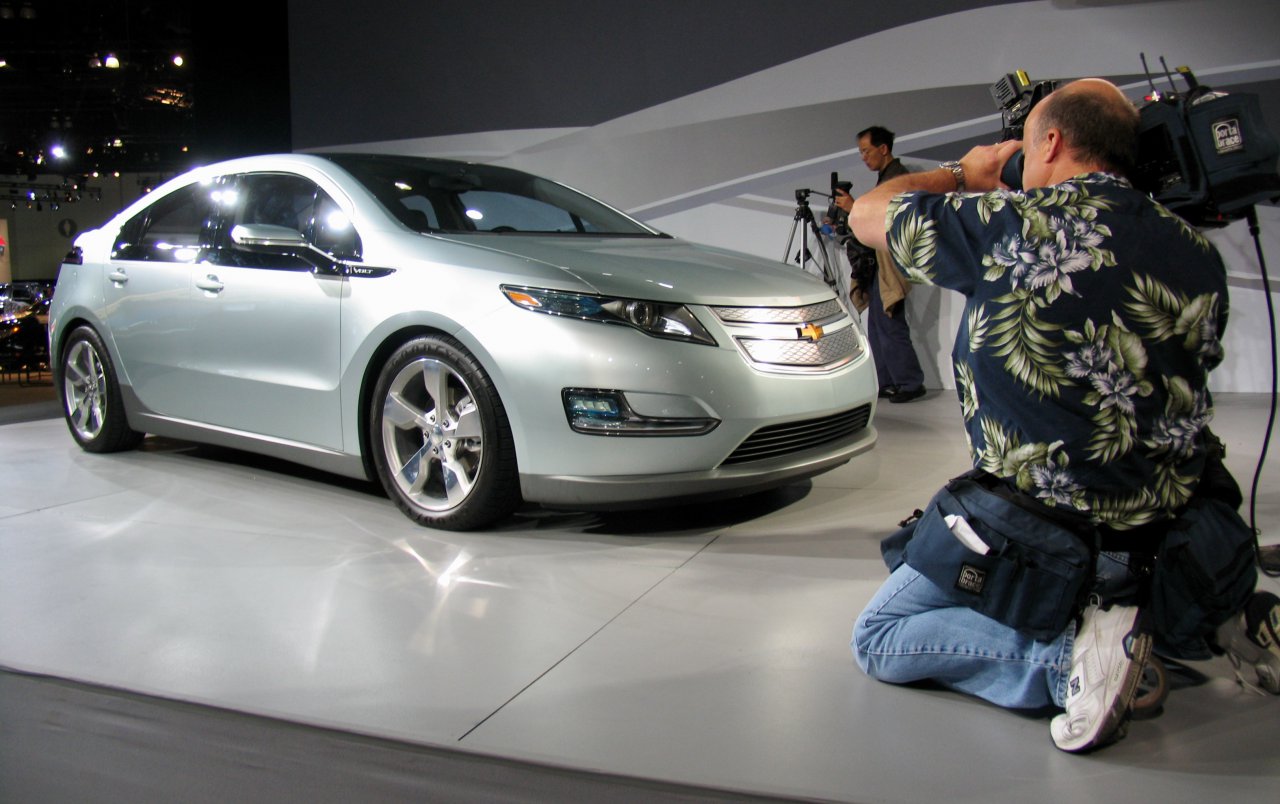When it was brand new and I was a brand-new teenager, I thought the Plymouth Valiant was perhaps the ugliest new vehicle on the road.
Compared with Detroit’s other compact cars — the oh-so-cool Chevrolet Corvair, and even the Ford Falcon and the Rambler American — the Valiant looked like someone had found a set of old, pre-war design sketches and decided to cram them onto Chrysler’s new small car.
But that was then. Today, though you hardly ever see them anymore, I think those early Plymouth Valiants look great, even elegant, albeit in a size to which we don’t tend to apply that word.
And the Valiant is just one example. I never cared much for pickup trucks back in the day, and now those same trucks are beyond cool. Same with the station wagons we endured as children and endear as adults, though I’m quite sure I won’t live long enough to ever find the current fleet of compact crossover vehicles to have any aesthetic appeal.
On the other side of this coin, cars I once coveted, for example, the Porsche 914 or the MGB-GT or the 1969 Pontiac Grand Prix, have lost their sex appeal in my eyes.
But what I’ve come to realize is that through the years, the cars don’t change, but our tastes do.
And it’s not just cars. As a single adult male for going on 30 years, the members of the opposite sex who caught my attention then and now are very different in their appearance. Who knew silver hair could be appealing?
My tastes in food and beverage and art and clothes also have changed with age.
But back to cars…

Part of it is perspective. I realized maybe two decades ago that cars that I thought looked great when they were unveiled on the stand at the major auto shows lost their appeal when they were seen out on the road in traffic. On the other hand, cars that didn’t get much notice on the show stand sometimes looked sensational outdoors and in traffic.
Such a perspective can be recognized almost immediately. What I’m writing about here is the evolution of our taste as we age. And why baby boomers worried about what will happen to their collections after they’ve departed shouldn’t be so concerned.
One of the constants of the car-collecting hobby is that our first collectible purchase tends to be the car we coveted while in high school but were unable to obtain. We finally get to the point that we can make that purchase, and we do, and then we go to car shows to share our nostalgic achievement.
After going to shows for a year or a few, we see other vehicles we like and we buy them as well. It may be a pre-war sports car or a Detroit muscle car or whatever. We’ve come to appreciate them and want one to own and drive.
At some point, we come to recognize pre-war cars for their stunning beauty and marvelous mechanicals, and maybe we can even afford one of those stunning Cadillacs or Packards or other “classics” from the 1920s and ’30s.
And we hear tales from people who have done the annual London to Brighton Veteran Car Run and realize we need to do that at least once, so we find a pre-1905 car that’s eligible and off to England we go.

But here’s the thing. We are not alone.
The process is the same for each generation that comes into the hobby. It buys its high school dream car and then tastes evolve.

OK, so maybe Baby Boomers aren’t into 240Zs or the Skyline GT-R, but someday those cars and their ilk will be welcomed to the 19th fairway at Pebble Beach, and someday Millennials will fret that some future generation won’t want the cars they’ve collected.
Fret not. While the cars don’t change, tastes do.






Larry,
Look back at some of the Chrysler show cars from the fifties. Now take another look at the 1960 Valiant. Yep; done under the direction of Virgil Exner.
I can’t agree with you about the Valiant. But i always enjoy your thoughtful comments.
While I (want to) agree with your sentiments, Larry, and will likely continue to hold onto a few aging dream cars from my distant past, I do believe we are facing an undeniable paradigm shift in the not-too-distant future of transportation on this planet. All of my “dream cars” have essentially one thing in common: they are all propelled by some type of internal combustion engine, the very type that is coming under increasing attack for its effects on our environment. If the shift is made away from ICE-propelled vehicles in the next decade or two (and I believe it will), the “market” for that pride and joy in our garage will gradually evaporate. The world’s car museums will only be able to hold a limited number of these old beauties. The rest will simply fade away. Moral to this story? Enjoy it now, but keep at least one eye staring intently, down the road, into the future.